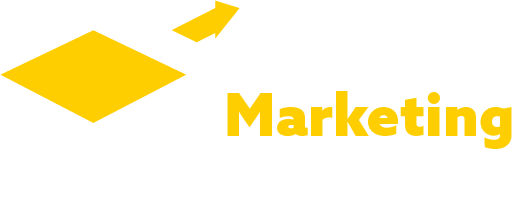A donor funnel is a broad term which describes the marketing processes which transform potential donors into first-time donors, then escalate the relationship to facilitate larger and more frequent donations over time.
People would rather donate money to people they know. Therefore, the better we are at creating and cultivating relationships, the easier it is to raise money. The most effective donor funnels are those which have been optimized for the creation and cultivation of relationships.
By isolating the granular steps involved in creating and cultivating relationships, we can optimize the nuances and effectiveness of our donor funnels. Funnel design takes into consideration the engagement level of the prospect, then seeks to escalate the engagement with customized communication and engagement tactics, taking the prospect one step deeper into the relationship.
1 – Intake – This portion of the funnel represents everything we do to attract the attention of new donors and make them aware of our existence.
2 – Handshake – This category of activities involves the development of intentional systems for capturing contact information from prospects who are interested, thus transforming anonymous parties into identifiable individuals with whom relationships can be cultivated.
3 – Cultivate – This step includes those things we do to build trust, educate and communicate our value proposition (what sets us apart from the alternatives).
4 – Uptake – This represents those tactics we implement to enhance conversion ratios, creating first-time donors, however small.
5 – Escalate – This category includes those strategies which foster additional transactions and larger transactions.
By breaking our strategies and tactics into these funnel categories, we are ensuring that everything we do has a specific goal and focus.
Every organization has numerous donor funnels. Each one must be identified and intentionally managed.
Example of ‘Random Search’ Funnel
Prospective donor:
- Searches web for ‘feeding orphans’
- Clicks on article which mentions us
- Searches for us
- Clicks and visits our landing page
- Takes no further action
We:
- Automatically follow prospect around web with remarketing, advertising a free e-report.
Prospective donor:
- Clicks on one of our remarketing ads and lands on site
- Signs up for free e-report
We:
- Automatically follow prospect with series of email
- Automatically follow prospect around web with remarketing, advertising ‘buy Christmas gift for orphan’.
Prospective donor:
- Clicks on one of our email or remarketing ads
- Sends in $7 to buy an egg-laying chicken for an orphanage
- Signs up for ‘push notifications’ to allow us to send them emergency messages (e.g. disaster strikes! Send money now!).
We:
- Automatically follow prospect with series of email, remarketing ads and push notifications.
Prospective donor:
- Clicks on one of our email, ads or notifications.
- Becomes monthly sponsor of an orphan, giving $30.00 monthly
We:
- Automatically follow prospect with series of email, remarketing ads and push notifications (managed so as to not be obnoxiously frequent). Our messages are escalated to ask for more money.
Prospective donor:
- Sponsors a plant of new orphanage giving $97.00 monthly.
We:
- Call and pitch
- Remarket, stay in touch, invite to nearby speaking engagements
- Invite to join us on overseas trip to visit orphanages
Prospective donor:
- Sponsors hospital build, giving $197.00 monthly
- Sponsors additional orphanages
- Responds to specific requests for emergency gifts of $1,000-$25,000
We:
- Continue to get personal with intentional, preplanned strategies, group dinners, etc.
Prospective donor:
- Writes us into their will after being given the invitation to do so
In the above examples, notice how the relationship escalates over time. This is intentional by design. Imagine that the process is a flight of 19 stairs. You must take a prospect from the very bottom, right to the top. The easiest way to do this is one step at a time. If you try to get them to take bigger steps than is natural, people drop off. Thus many baby-steps is a strategy for enhancing conversions.
Funnel development requires a strategic planning process, preferably facilitated by someone with deep experience. Also on the team will be members of management who will ultimately have to live with the funnels once they are in place.
Once the strategic plan has been developed, execution requires numerous specialized skills, including; direct response copywriting, retargeting (GDN), remarketing (Facebook network), conversion rate optimization, email automation, graphic design, CRM configuration, web/coding & platform integration, sales and, in the above example, public speaking.
The funnels are built using tools and platforms which facilitate the individual components, such as push notifications, autoresponder services and might also include specialized tools such as a small mobile app for in-meeting lead capture.
The degree of specialization of contributing team members will have an impact upon how smoothly the funnel rolls out, and also has an impact on the cost of implementation.
Regardless of the experience and expertise of team members, all funnels require a lot of optimization in order to maximize effectiveness. In the beginning, each component will operate at various levels of inefficiency. However; with a disciplined optimization program, efficiency improves.
Funnel development is a costly and time consuming process. For example, some offers will not work at all and will need to be replaced. Expect a degree of failure. Only a commitment to numerous cycles of trial and error can bring a donor funnel to its optimum efficiency.
